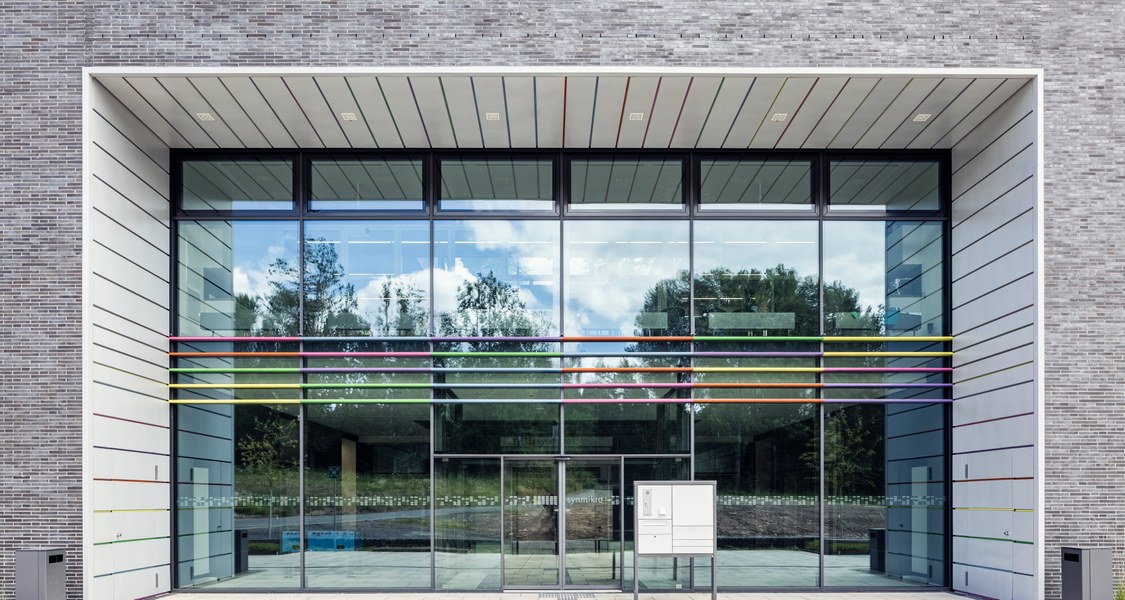Main Content
Current programs

The current programs are listed. For more information please follow the link to the website of the program.
IMPRS µLife
Please click here to be directed to the IMPRS µLife website.
GRK 2937 „Microbial Nucleotide Metabolism“
Please click here to be directed to the GRK 2937 „Microbial Nucleotide Metabolism“ website.
TreeM
Please click here to be directed to the TreeM website.
Diffusible Signals
Please click here to be directed to the Diffusible Signals website.
RobuCop
Please click here to be directed to the news about RobuCop.